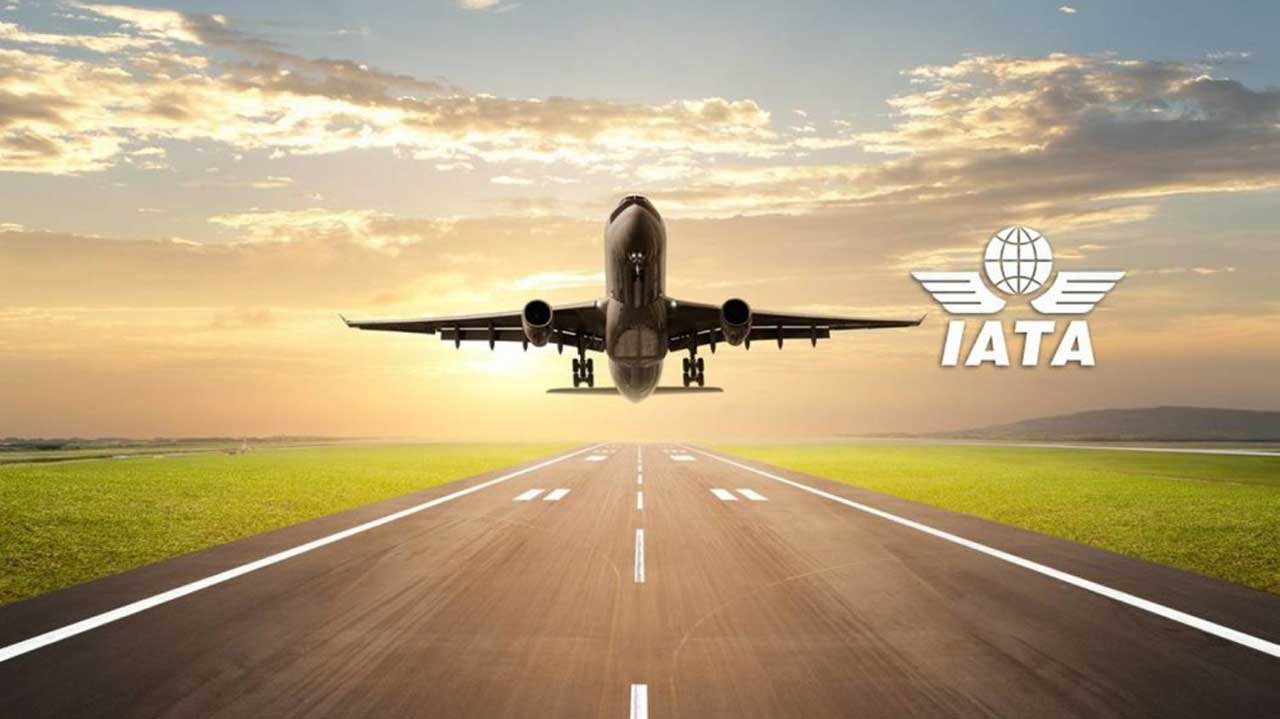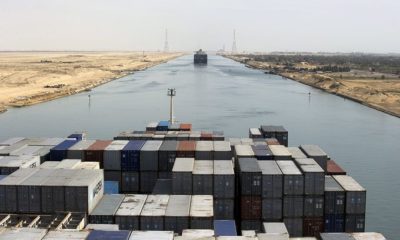- African Carriers Recorded 7.5% Traffic Growth in 2017
International Air Transport Association (IATA), has announced global passenger traffic results for 2017, with Nigerian, South African, Ethiopian, and other African carriers pooling a 7.5 per cent rise in passenger traffic compared to 2016.
According to IATA, capacity rose at less than half the rate of demand (3.6 per cent), and load factor jumped 2.5 percentage points to 70.3 per cent. While indicators in South Africa are consistent with falling economic output, “Nigeria has returned to growth, helped by the recent rise in oil prices,” the association stated.
The African carriers, which accounts for 2.2 per cent of the global market share, showed marginal improvement when compared with other regions in the year under review.Global passenger traffic results show that demand (revenue passenger kilometres or RPKs) for the year ended 31 December rose 7.6 per cent compared to 2016.
This was well above the 10-year average annual growth rate of 5.5 per cent. While the rate of demand growth slowed to 6.2 per cent in December 2017, compared to December 2016, this largely was owing to less favourable comparisons to the even stronger growth trend seen in the year-ago period. Full year 2017 capacity rose 6.3 per cent, and load factor climbed 0.9 percentage point to a record calendar-year high of 81.4 per cent.
IATA’s Director General and Chief Executive Officer (CEO), Alexandre de Juniac, observed that 2017 got off to a very strong start and largely stayed that way throughout the year, sustained by a broad-based pick-up in economic conditions.
“While the underlying economic outlook remains supportive in 2018, rising cost inputs, most notably fuel, suggest we are unlikely to see the same degree of demand stimulation from lower fares that occurred in the first part of 2017,” de Juniac said.
2017 international passenger traffic soared 7.9 per cent compared to 2016. Capacity rose 6.4 per cent and load factor climbed 1.1 percentage points to 80.6 per cent. All regions recorded year-over-year increases in demand, led by the Asia-Pacific and Latin America regions.
Asia-Pacific carriers posted annual demand growth of 9.4 per cent, compared to 2016, driven by robust regional economic expansion and an increase in route options for travellers. This was the first time since 1994 that Asia-Pacific led all the regions in annual growth rate. Capacity rose 7.9 per cent, and load factor climbed 1.1 percentage points to 79.6 per cent.
European carriers’ international traffic climbed 8.2 per cent in 2017 compared to the previous year, underpinned by buoyant economic conditions in the region. Capacity rose 6.1 per cent and load factor surged 1.6 percentage points to 84.4 per cent, which was the highest for any region.Middle East carriers’ traffic increased 6.6 per cent last year. The region was the only one to see a slowdown in annual growth compared to 2016, and the region’s share of global traffic (9.5 per cent) fell for the first time in 20 years.
The market segment to/from North America was hit the hardest owing to factors including the temporary ban on large portable electronic devices in the aircraft cabin as well as the proposed U.S. travel bans affecting some countries in the region. Capacity climbed 6.4 per cent and load factor rose 0.1 percentage point to 74.7 per cent.
North American airlines had their fastest demand growth since 2011, with full year traffic rising 4.8 per cent compared to 2016. Capacity climbed 4.5 per cent, and load factor edged up 0.3 percentage point to 81.7 per cent. The comparatively robust economic backdrop supported outbound passenger demand. This was somewhat offset by a slowdown in inbound travel partly attributable to the new immigration and security restrictions put in place for travel to the U.S., as well as the extreme weather events that hit the U.S. later in the year.
“Last year, more than four billion passengers used aviation to reunite with friends and loved ones, to explore new worlds, to do business, and to take advantage of opportunities to improve themselves. The connectivity provided by aviation enables goods to get to markets, and aid to be delivered to those in need.
“Aviation truly is the business of freedom, liberating us from the restraints of geography to lead better lives. Aviation can do even more in 2018, supported by governments that recognise and support our activities with smarter regulation, fairer taxation, cost efficient infrastructure and borders that are open to people and trade,” de Juniac said.


 Forex3 weeks ago
Forex3 weeks ago
 Naira3 weeks ago
Naira3 weeks ago
 Billionaire Watch3 weeks ago
Billionaire Watch3 weeks ago



 Naira3 weeks ago
Naira3 weeks ago






 Naira2 weeks ago
Naira2 weeks ago




 Naira2 weeks ago
Naira2 weeks ago




 Naira4 weeks ago
Naira4 weeks ago






 Naira2 weeks ago
Naira2 weeks ago























